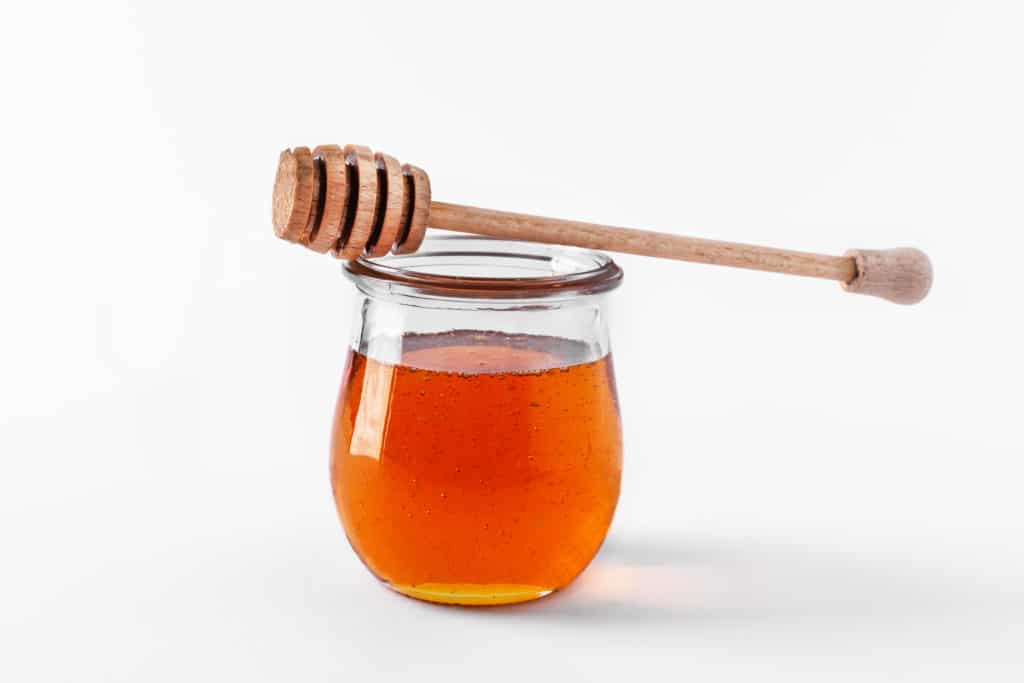Manuka honey is a popular alternative remedy for wounds and burns because of its antibacterial properties. In Australia and New Zealand it has been used since the 1800s since Manuka Honey was discovered.
Here Is Why Manuka Honey Is Good For Wound Healing:
Manuka honey is a great alternative to be used on wounds because of it’s antibacterial properties, the methygloxal content within the honey which other honey’s don’t have are special nutrients for healthy skin growth.
In this article, you will uncover the truth behind the use of Manuka Honey on wounds. Thanks for reading.
-
Kreme Plus 50gm$22.00
-
Kreme Plus 150gm$37.00
Is It Ok To Put Manuka Honey On Open Wounds?
Yes, Manuka honey is an alternative remedy for open wounds. Manuka honey has antibacterial properties that effectively treat various infections, including those that affect open wounds.
Manuka honey also contains antioxidants that help the wound heal faster while reducing scarring on the skin. Research studies have demonstrated the benefits of using Manuka honey for open wounds.
It may relieve pain
Manuka honey may assist in minimizing the pain associated with open-cut wounds. In animal studies, it has been compared to topical analgesics used for this purpose, including benzocaine and lidocaine.
These two compounds are also found in over-the-counter medications like cream or ointment used for this purpose. The efficacy of Manuka honey was comparable to these commercial preparations in relieving pain caused by open wound injuries.
Antibacterial properties
Studies have shown that Manuka Honey contains antibacterial properties that help fight bacteria responsible for causing infections around the open cuts and wounds.
These damaging bacteria include Pseudomona aeruginosa, Staphylococcus aureus, and Escherichia coli.
Experiments on Manuka Honey samples found these antibacterial properties effective in treating several open wound infections, including those caused by the bacterium Pseudomona aeruginosa. Several laboratory tests revealed similar results to those obtained using commercial antibiotics like amoxicillin or tetracycline.
Nutrients for healthy skin growth
Manuka honey is rich in nutrients that promote healthy skin growth around an open wound.
These nutrients include carbohydrates with low molecular weight (between 300-600 daltons), as well as enzymes like glucosease (800g/mol) and methylgloxal hydrolyse (1000-1600 g/mol).
This type of honey is also high in antioxidants that help the wound heal faster while reducing scarring on the skin.
Other benefits
Other benefits of using Manuka Honey for an open wound include soothing pain from minor burns, healing punctured wounds caused by foreign objects, promoting proper blood clotting to reduce bleeding, and eliminating bad odours from the wound area.

Does Manuka Honey Sting On A Wound?
Yes, Manuka honey might sting on an open wound. Here are the reasons why this might be the case.
Manuka honey lacks hydrogen peroxide.
The enzyme in honey which makes it antibacterial is called glucose oxidase
However, this enzyme only produces hydrogen peroxide when combined with another enzyme called catalase, which is found in human tissue.
Any wound treated with Manuka honey must be deep enough to expose tissue containing catalase.
Manuka honey is acidic.
Manuka honey has a pH of approximately 4, which makes it acidic. Because of this, it might sting if it gets into an open wound.
Manuka Honey Is More Effective Than Other Types Of Honey.
Honey has long been used in wound treatments, with some even dating back to ancient Egypt. However, most kinds of honey do not contain high enough concentrations of antibacterial enzymes to be useful against serious infections.
For instance, the NZ Honey Research Unit has established that Manuka honey is better at preventing bacterial growth. It’s possible that if a wound contains an infection, Manuka honey will also sting while it fights it – whereas less powerful kinds of honey might not have this effect.
-
Kreme Plus 50gm$22.00
-
Kreme Plus 150gm$37.00
Can You Put Manuka Honey On A Scab?
A scab is the brown or yellow crust of the would as a wound or cut is healing up.
This happens when a wound or cut has dried out. If Manuka honey is applied on a wound (before scabbing up) the honey helps prevent a scab from occuring in the first place.
Here are two reasons why you should use Manuka honey before it gets to the scabbing up stage:
Barrier over the skin –
Manuka honey has humuctant properties which locks in the moisture over the skin.
Manuka Honey doesn’t dry out –
Manuka keeps moisture within the wound, stopping the serum in the infected wound drying out.

How Long Do You Leave Manuka Honey On A Wound?
When treating a wound with Manuka honey, it is typically recommended to leave the honey on the wound for 12 hours.
However, this can vary depending upon personal preference and experiences. Some people choose to leave Manuka honey on the wound overnight, while others may apply it only once during the day.
There are also factors to consider in leaving honey on the wound overnight, these include the following –
1. Manuka honey in contact with an open wound is likely to cause burning or stinging in some cases. Other people do not feel any discomfort when Manuka honey is in contact with an open wound.
2. Manuka honey has an indefinite shelf life. However, if exposed to direct sunlight or high temperatures for a prolonged period, the antibacterial activity may be diminished.
3. You should not use hydrogen peroxide on the wound before applying Manuka honey. Also, avoid using soap or other cleansing products before applying Manuka honey to the wound.
4. Always check the label of the container of Manuka honey to ensure that it complies with one of the recognized grading systems (MGO content).
5. Do not use any unnatural creams or artificial wound coverings, over Manuka honey while it is left on the wound overnight, without being covered with gauze bandages. That includes petroleum jelly products, especially Vaseline, which can destroy antibacterial activity.
6. You should always refresh the Manuka honey and dressing in contact with an open wound every 12 hours, unchanged dressing left longer then 12 hours may cause damage to healthy skin tissue.
-
Kreme Plus 50gm$22.00
-
Kreme Plus 150gm$37.00
How To Apply Manuka Honey On Wounds?
For faster healing, follow these steps after applying Manuka honey on any wound:
a) Wash the area of injury with warm water to clean it. Using soap only around the wound.
b) Apply a thin layer of honey on the affected area of your skin and cover it with sterile gauze or bandage.
c) Change the bandage every day, cleaning and re-applying honey until the wound is healed.
d) Avoid washing the area for at least 24 hours after application to allow the honey to act better.
e) When applying the Manuka honey cream on wound, there are aspects to consider, including:
f) Do not use Manuka Honey if you are allergic to bees or bee products.
g) Always do a patch test on the skin if you haven’t used Manuka Honey before. If you have any irritation than discontinue use.
h) If you have any concerns about using honey for your wound, please contact your doctor or pharmacist.




